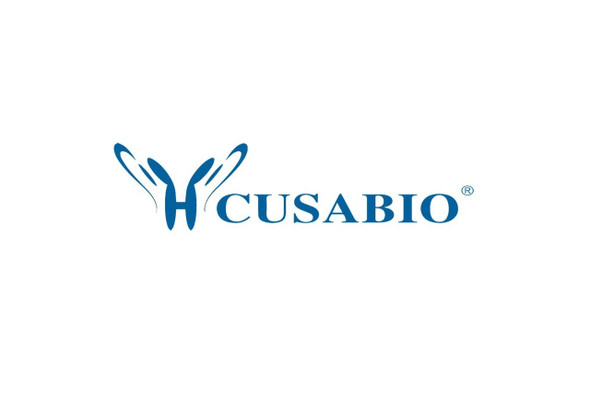Cusabio Active Proteins
Recombinant Mouse Fibroblast growth factor 1 (Fgf1) (Active) | CSB-AP004151MO
- SKU:
- CSB-AP004151MO
- Availability:
- 5 to 10 Working Days
Description
Recombinant Mouse Fibroblast growth factor 1 (Fgf1) (Active) | CSB-AP004151MO | Cusabio
Protein Description: Full Length of Mature Protein
Alternative Name (s) : Fibroblast Growth Factor 1; FGF-1; Acidic Fibroblast Growth Factor; aFGF; Heparin-Binding Growth Factor 1; HBGF-1; Fgf1; Fgf-1; Fgfa
Gene Names: Fgf1
Research Areas: Signal Transduction
Species: Mus musculus (Mouse)
Source: E.coli
Tag Info: Tag-Free
Expression Region: 16-155aa
Sequence Info: FNLPLGNYKKPKLLYCSNGGHFLRILPDGTVDGTRDRSDQHIQLQLSAESAGEVYIKGTETGQYLAMDTEGLLYGSQTPNEECLFLERLEENHYNTYTSKKHAEKNWFVGLKKNGSCKRGPRTHYGQKAILFLPLPVSSD
Biological Activity: The ED50 as determined by the dose-dependent stimulation of thymidine uptake by 3T3 cells in the presence of Heparin is less than 1.6 ng/mL.
MW: 15.7 kDa
Purity: Greater than 95% as determined by SDS-PAGE.
Endotoxin: Less than 1.0 EU/µg as determined by LAL method.
Relevance: FGF acidic is a 17 kDa nonglycosylated member of the FGF family of mitogenic peptides. FGF acidic, which is produced by multiple cell types, stimulates the proliferation of all cells of mesodermal origin and many cells of neuroectodermal, ectodermal, and endodermal origin. It plays a number of roles in development, regeneration, and angiogenesis. FGF-acidic is a non-glycosylated heparin binding growth factor that is expressed in the brain, kidney, retina, smooth muscle cells, bone matrix, osteoblasts, astrocytes and endothelial cells. FGF-acidic has the ability to signal through all the FGF receptors.
PubMed ID:
Notes: Repeated freezing and thawing is not recommended. Store working aliquots at 4℃ for up to one week.
Function: Plays an important role in the regulation of cell survival, cell division, angiogenesis, cell differentiation and cell migration. Functions as potent mitogen in vitro. Acts as a ligand for FGFR1 and integrins. Binds to FGFR1 in the presence of heparin leading to FGFR1 dimerization and activation via sequential autophosphorylation on tyrosine residues which act as docking sites for interacting proteins, leading to the activation of several signaling cascades. Binds to integrin ITGAV
Involvement in disease:
Subcellular Location: Secreted, Cytoplasm, Cytoplasm, cell cortex, Cytoplasm, cytosol, Nucleus
Protein Families: Heparin-binding growth factors family
Tissue Specificity:
Paythway:
Form: Lyophilized powder
Buffer: Lyophilized from a 0.2 μm filtered 20 mM Tris-HCl, 500 mM NaCl, pH 6.6
Reconstitution: We recommend that this vial be briefly centrifuged prior to opening to bring the contents to the bottom. Please reconstitute protein in deionized sterile water to a concentration of 0.1-1.0 mg/mL.We recommend to add 5-50% of glycerol (final concentration) and aliquot for long-term storage at -20℃/-80℃. Our default final concentration of glycerol is 50%. Customers could use it as reference.
Uniprot ID: P61148
Uniprot Entry Name:
HGNC Database Link: N/A
UniGene Database Link: UniGene
KEGG Database Link: KEGG
STRING Database Link: STRING
OMIM Database Link: N/A









